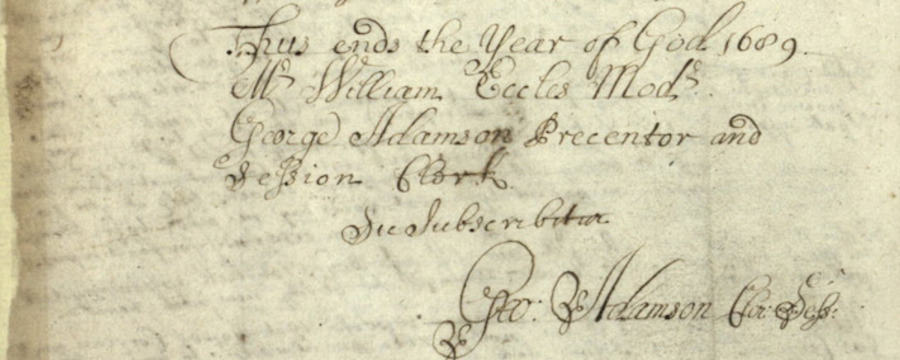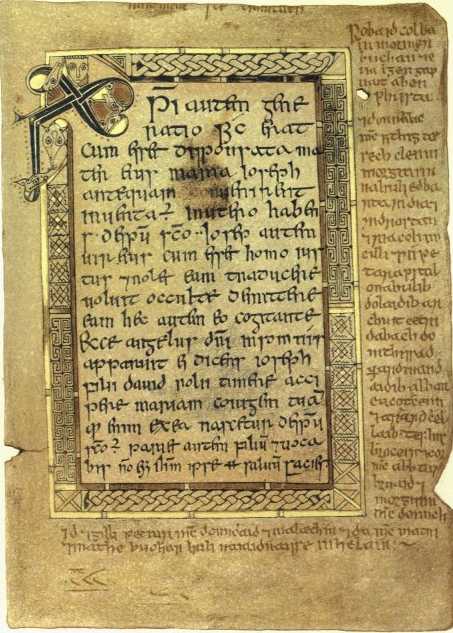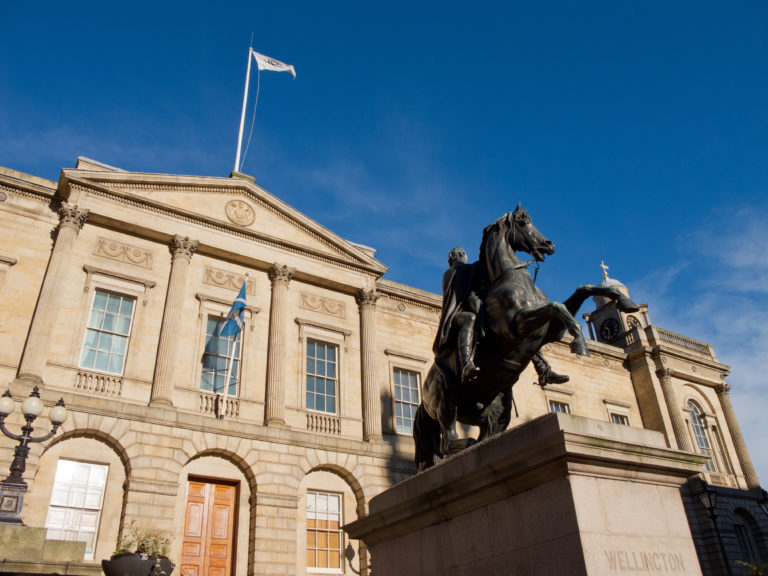Home / History / Ancient History / Early Modern Scottish Palaeography: Reading Scotland's Records / Reading early modern manuscripts
This article is from the free online
Early Modern Scottish Palaeography: Reading Scotland's Records


Reach your personal and professional goals
Unlock access to hundreds of expert online courses and degrees from top universities and educators to gain accredited qualifications and professional CV-building certificates.
Join over 18 million learners to launch, switch or build upon your career, all at your own pace, across a wide range of topic areas.

 Text from the Gospel of Matthew in the Book of Deer (Cambridge University Library, MS. II.6.32) The text in the margins is amongst the oldest surviving Gaelic text from Scotland
Text from the Gospel of Matthew in the Book of Deer (Cambridge University Library, MS. II.6.32) The text in the margins is amongst the oldest surviving Gaelic text from Scotland
 Duke of Wellington and General Register House, Edinburgh. Carlos Delgado (Own work) CC BY-SA 3.0 via Wikimedia Commons
Duke of Wellington and General Register House, Edinburgh. Carlos Delgado (Own work) CC BY-SA 3.0 via Wikimedia Commons






